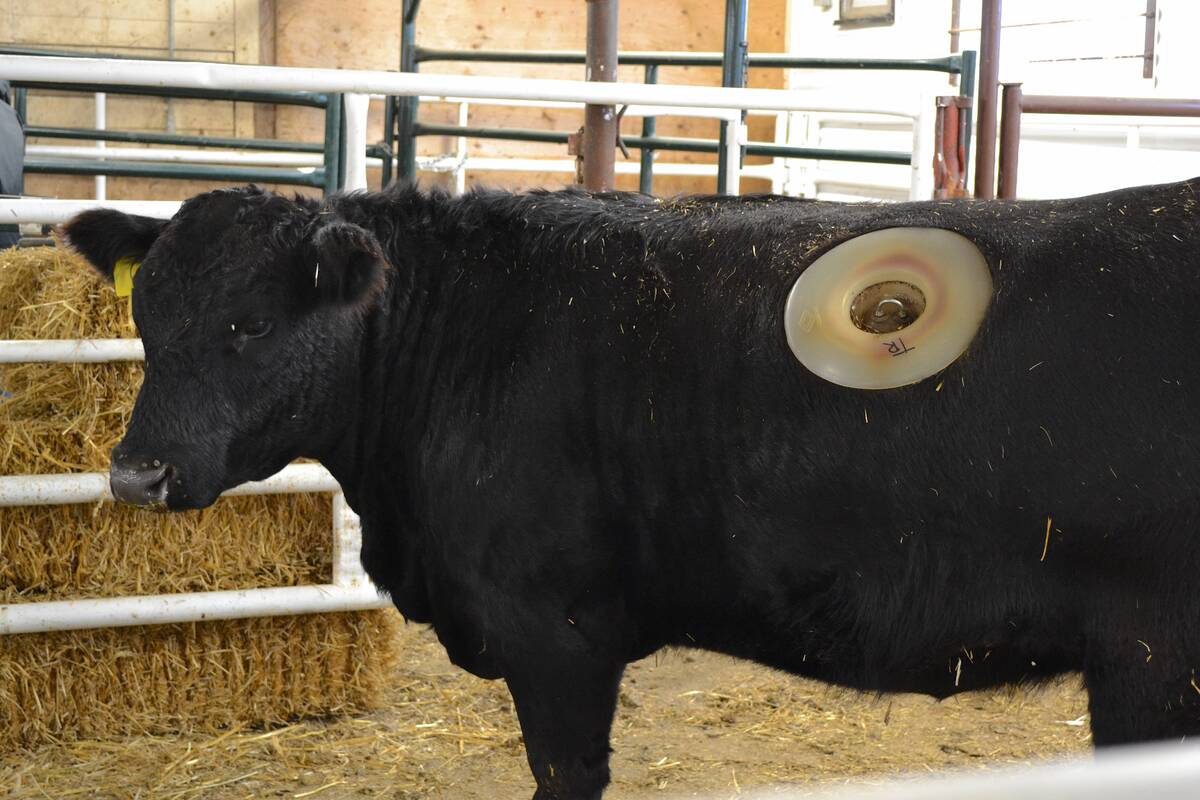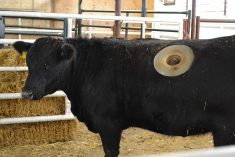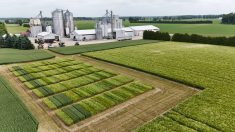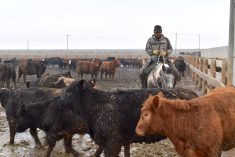The “cluster group” marketing approach has many advantages, DFMC’s keynote speaker says.
Don’t try to go it alone when marketing and promoting agri-tourism ventures.
Form “cluster groups” instead.
Read Also

Lakeland College studying livestock wellness through cannulated heifers
Lakeland College’s Applied Research Team is working with six cannulated heifers on a handful of research projects.
That’s the advice from Gwen Simpson, who operates Inspired Market Gardens, a herb, vegetable and flower farm at Carvel, west of Edmonton.
She received a Best Practices Renewal Award from Alberta Agriculture and Rural Development in 2007 for her business as well as her work drawing agri-tourism ventures together for joint marketing and promotions.
Cluster groups network rural-based agri-tourism ventures together to make it “worth the drive” for their visitors, Simpson told a direct farm marketing conference in Brandon, Manitoba.
Simpson approached a nearby alpaca producer to form the cluster group they’re part of today, after Simpson began to see how expensive and difficult it would be to market her business on her own.
“I was by myself and said ‘This doesn’t make sense,’” she said.
There are now 13 cluster marketing groups linking a variety of regional agri-tourism businesses in Alberta.
Cluster groups are made up
of individual business owners who’ve agreed to support it, list their business on it and contribute financially to joint promotions through a dynamic web-site and brochures which map out where everyone’s located.
They’ve been very successful in drawing more people to visit rural areas because they provide prospective visitors with a range of activities to choose from. Lone attractions have a harder time enticing people, said Simpson, “because they will ask ‘What do I do now?’ after they’re done at your place.”
Key to forming a cluster group is commitment from participating venues’ owners, she said. Cluster groups are formed by approaching potential partners, deciding on a format such as a map, flyer or postcard to promote with, then forming an non-profit organization.
Forming these organizations can be extremely advantageous for securing grants for which a single business is likely to be turned down, Simpson noted.
Groups such as Edmonton’s Countryside, a successful cluster group today made up of five counties around that city, have proved the group marketing approach works in that regard. They received a major grant and now do attractive promotions, said Simpson.














